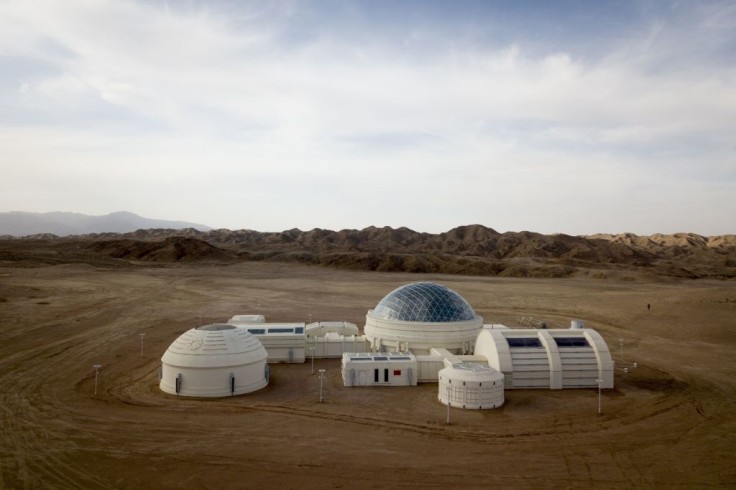
With NASA's plans to make living in other planetary bodies more feasible, that includes the need to make infrastructure for humans in space easier and cheaper. The answer could lie with the success of a 3D printer.
Find out why this 3D printer is special.
The Redwire Regolith 3D Printer
The Northrop Grumman Cygnus Cargo Ship resupply mission successfully sent up 8,200 pounds of cargo for NASA to the International Space Station. The cargo included crew supplies like fresh apples, tomatoes, kiwi, a pizza kit, and a cheese smorgasbord.
What were also of most importance were the science and research equipment and investigations included in the cargo. One, in particular, is the Redwire Regolith 3D Print study.
#ICYMI: Our Redwire Regolith Print launched from @NASA_Wallops yesterday aboard NG-16. This payload will use our existing 3D printer aboard @Space_Station to print 3 slabs using lunar regolith simulant! (📸: @NASA) pic.twitter.com/240ymugIyD
— Redwire Space (@RedwireSpace) August 11, 2021
The Redwire Regolith Print study aims to demonstrate 3D printing on the space station using a material simulating regolith or the loose rock and dust found on the surfaces of planetary bodies such as the Moon and Mars, Stuff said. Being able to construct habitats and other infrastructures using resources already found on the planetary bodies can significantly reduce launch mass and cost, NASA pointed out.
By reducing the launch mass of construction materials, this allows for more space for other necessary cargo that can keep the explorers living on the planetary body for longer.
The results of this study could help determine whether or not it is possible to use regolith as a raw material, as well as use 3D printing as a construction technique in space.
The Artemis Lunar Program
NASA's investigation on the feasibility of a Regolith 3D Printer to solve the infrastructure construction on the surface of planetary bodies ties with its upcoming Artemis missions. Elon Musk's SpaceX is working with NASA to bring back humans to the moon and possibly live there by 2024.
The NASA Artemis mission will land the first woman and first person of color on the Moon and use the findings learned on the Moon to take the first set of astronauts to Mars.
Artemis Exploration Spacesuit Testing
— Gio Pagliari 🚀 (@giopagliari) August 15, 2021
NASA pic.twitter.com/HLBe4KeCXB
The American space agency is already taking leaps to prepare for that big Mars journey by opening up recruitment for crew members on its series of analog missions that will simulate one-year stays on the Martian surface.
The Mars Simulation Mission aims to prepare crew members for the Martian mission of living on the Red Planet's Dune Alpha, a unique 3D printed 1,700 square-foot habitat. The analog mission will include simulated spacewalks and provide data on a variety of factors like physical and behavioral health and performance.
Mars is calling! 📲 Applications are open to participate in a rare and unique opportunity: the first one-year analog mission in a habitat to simulate life on a distant world, beginning Fall 2022.
— NASA (@NASA) August 7, 2021
Think you have what it takes? Get more details: https://t.co/lXHklAqSGy pic.twitter.com/jCpGClcr77
The members of this Crew Health and Performance Exploration Analog, or CHAPEA, mission can enjoy the amenities the 3D printed habitat has to offer, like private quarters, a kitchen, dedicated areas for recreation, medical, fitness, and work and crop growth activities. A technical work area is also available, as well as two bathrooms.
The habitat will be set up to be as Mars-realistic as possible to obtain the most accurate data during the analog mission. The crew will experience environmental stressors such as resource limitations, isolation, equipment failure, and significant workloads included in the simulation.
NASA has begun accepting applications for CHAPEA since August 6. Interested applicants can send in their application until September 17, 2021 by 5pm CST.









